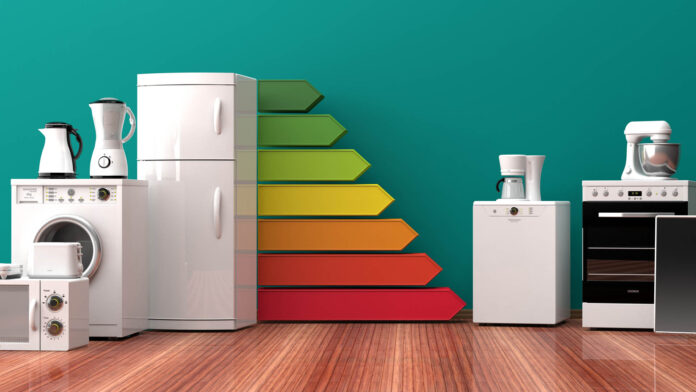Key Highlights
- Energy Star certified single-family homes must meet strict EPA guidelines for heating, ventilation, cooling, insulation and water management and must be built, tested and inspected to meet standards
- Certified homes built in 2019 saved over $20.3M in electric bills, according to gov
- Certifications can come with tax credits of builders and homeowners
If you and/or your clients are interested in owning a home that functions in concert with serving the environment, this post is for you and them.
As you no doubt already know, the Energy Star program behind the Energy Star symbol was created and developed by the Environmental Protection Agency (EPA). Going well beyond appliances such as air conditions and refrigerators, the Energy Star program promotes energy efficiency in commercial buildings and industrial plants as well as homes. Since 2018, the Energy Star program has reduced energy costs by some $35B and reduced greenhouse gas by more than 3.4 billion metric tons.
73,445 Energy Star certified single-family homes were built in the US during 2019. Those newly built homes saved +$20.3M in electric bills and reduced CO2 emissions by 107,303 metric tons (equal to 23,209 cars, 249,713 barrels of oil or CO2 captured by 1.77M trees grown from seedlings for 10 years).
Check out states in which US Energy Star certified homes are the most and least present.
Highest Share of Energy Star Certified Homes
Number Market Share
Arizona 18,224 54%
Maryland 5,275 44%
Washington DC 55 33%
Nevada 2,725 21%
Texas 17,663 14%
Delaware 750 14%
New Jersey 1,513 13%
Colorado 3,162 13%
New Hampshire 304 11%
North Carolina 5,180 10%
Lowest Share of Energy Star Certified Homes
Number Market Share
Vermont 7 1%
West Virginia 7 –
Maine 5 –
Wyoming 5 –
Arkansas 3 –
Rhode Island 3 –
Hawaii 1 –
Alaska 0 –
Montana 0 –
North Dakota 0 –
Thanks to Energystar.gov
Also read: Lazy? Overwhelmed? Do These 5 Things NOW!, Podcast: Agents…Feeling overwhelmed? Here’s your solution!, Un-Regrettable Renovations























